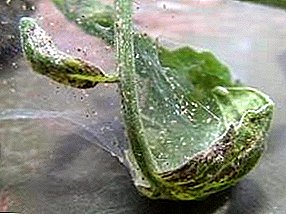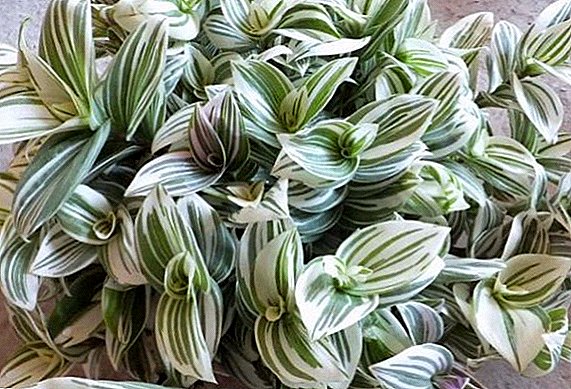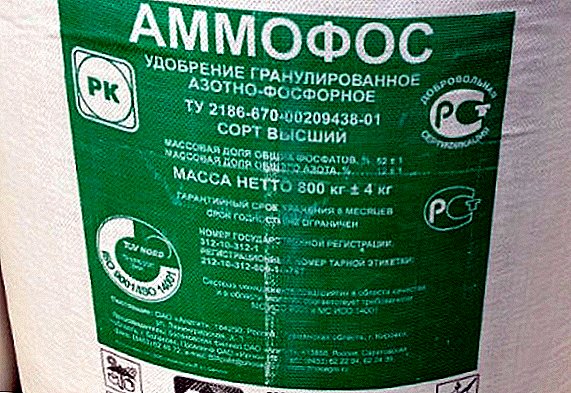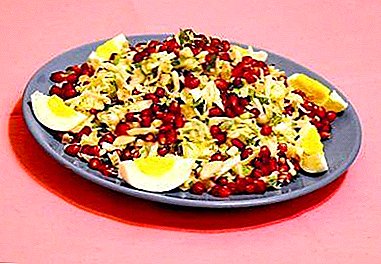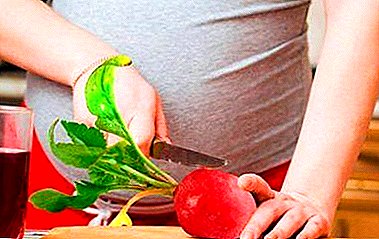
From the moment of the birth of a new life, even if a woman herself still does not know about it, the body experiences new needs. At this moment, many pregnant women have an unbearable desire to feast on juicy and tasty radishes. This traction is quite understandable, since this vegetable contains a huge amount of vitamins and beneficial trace elements.
Next, we will tell you whether radish is useful for women during pregnancy and what exactly is useful, and whether it is possible or not to eat it in early and late periods.
Why are there safety concerns?
Since the first days, gynecologists recommend to refrain from spicy, salty, fried foods. They urge to eat food that is as neutral as possible. Radish, on the other hand, has a bright, juicy, slightly tart taste. Just because of the rich flavor palette and fears arise. How safe is the use of this vegetable and whether it is useful in such a crucial period - let's understand.
Is it possible to eat during pregnancy?
First trimester
First, find out what is useful radish for women in early pregnancy. On the one hand, the fetus is laying all the vital systems, and on the other hand, before the formation of the placenta, the woman's body receives an incredible load on the immune system. The use of radish in this period can and should be. Primarily due to the content of folic acid, which is necessary for the formation of the neural tube of the child. Vitamin C will help a woman's immunity to cope with increased stress, and thanks to potassium, magnesium and phosphorus, toxicosis will be much easier.
The only contraindication in this trimester will be chronic diseases of the stomach and pancreas, as there is a risk of exacerbation of the condition. In this case, Radish can be stewed with other vegetables and is your pleasure.
Second
In women, this period is characterized by the fact that toxicosis disappears and a very good appetite appears. Weight gain during this period is inevitable, but in order not to be difficult in childbirth, and the pregnancy itself passed easily, it is necessary to arrange fasting days. Fresh vegetables, among which radishes are on one of the first places, will be most welcome.
Third
 Now let's see what is useful radish during pregnancy in the later periods. The body is fully preparing for childbirth. All internal organs are compressed by the enlarged uterus and work in the limiting mode. The use of radish during this period can cause active gas formation and discomfort.
Now let's see what is useful radish during pregnancy in the later periods. The body is fully preparing for childbirth. All internal organs are compressed by the enlarged uterus and work in the limiting mode. The use of radish during this period can cause active gas formation and discomfort.
With increased uterine tone, preterm labor can begin. However, two weeks before the expected date, this wonderful vegetable is still included in the daily menu. Due to the large amount of vitamin K, which is involved in the process of blood formation, radish will help reduce blood loss during the appearance of the baby.
What can harm?
Mom
- For the future mother should follow a few rules for using radishes. First of all, it is necessary to thoroughly wash the vegetable, in order to avoid contamination with salmonella, staphylococcus and E. coli.
- Due to the presence of mustard oil in the composition may appear problems with biliary tract, as well as exacerbated diseases of the stomach, pancreas and duodenum.
To kid
- For a child, early radish is dangerous with the possible content of salts and nitrates, which may adversely affect the development of the fetus. Therefore, it is not worth the risk to buy radishes obviously out of season.
- Just like all vegetables with a red color, radish is a potential allergen. If the mother has a tendency to allergies - do not abuse this vegetable.
Maximum dosage
If a pregnant woman does not have chronic diseases of the stomach, you can use radishes in unlimited quantities. Otherwise, it is worth confining to 2-3 fruits per day raw, and it is better to subject them to heat treatment.
Benefit and harm
Radish grown without harmful fertilizers, contains a whole complex of vitamins. As well as calcium, magnesium, zinc, iron, sodium. This increases the immune status of the pregnant woman, and beneficial trace elements have a beneficial effect on the development of the baby.
Due to the specific taste and juiciness of radish, the state of toxicosis will be easier. For a pregnant woman, the harm of radish can manifest itself only in the presence of chronic diseases of the gastrointestinal tract, as well as in case of individual intolerance to the product.
How to use?
The greatest safety of vitamins and microelements can be obtained from fresh radish, without heat treatment. And to eliminate the excess of harmful substances, it is recommended to soak it in clean, cold water for several hours.
World cuisines offer numerous recipes with this ingredient, however, the general rule is always the same - To preserve the dietary properties of a radish salad, it is better to fill not with mayonnaise, but olive oil.
The original and delicious recipe for Chinese cuisine: chicken stew with radishes

To prepare this dish you will need:
- chicken fillet 0.5 kg;
- onion 1 head;
- olive oil;
- radish fresh 3-4 heads;
- salt, pepper, sugar to taste.
- It is necessary to fry the sliced fillet and onion until golden brown, salt and pepper, add half a spoonful of sugar, water and simmer under the lid closed for 15 minutes.
- Next, add sliced radish slices and cook over low heat for another 30 minutes.
Juicy and tart radish will give the chicken an amazing flavor. In this form, radishes can be eaten up to 3 times a week.
Contraindications
Absolute contraindications to the use of radish is:
- individual intolerance;
- pancreatitis;
- gastritis;
- diseases of the biliary tract;
- ulcers of the stomach, pancreas and duodenum;
- history of heart attacks and strokes.
What to replace?
In case of contraindications, it is recommended to replace radish with green or yellow Bulgarian pepper. Due to the juicy taste and abundance of vitamins, it is slightly less than the much-desired radish.
The time of pregnancy is the time of responsibility. If you have any doubts, you should consult with a nutritionist who will tell you whether you can eat radishes or not specifically in your case.


